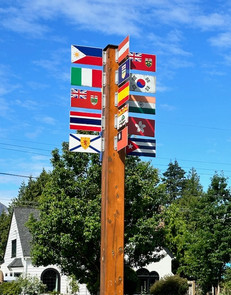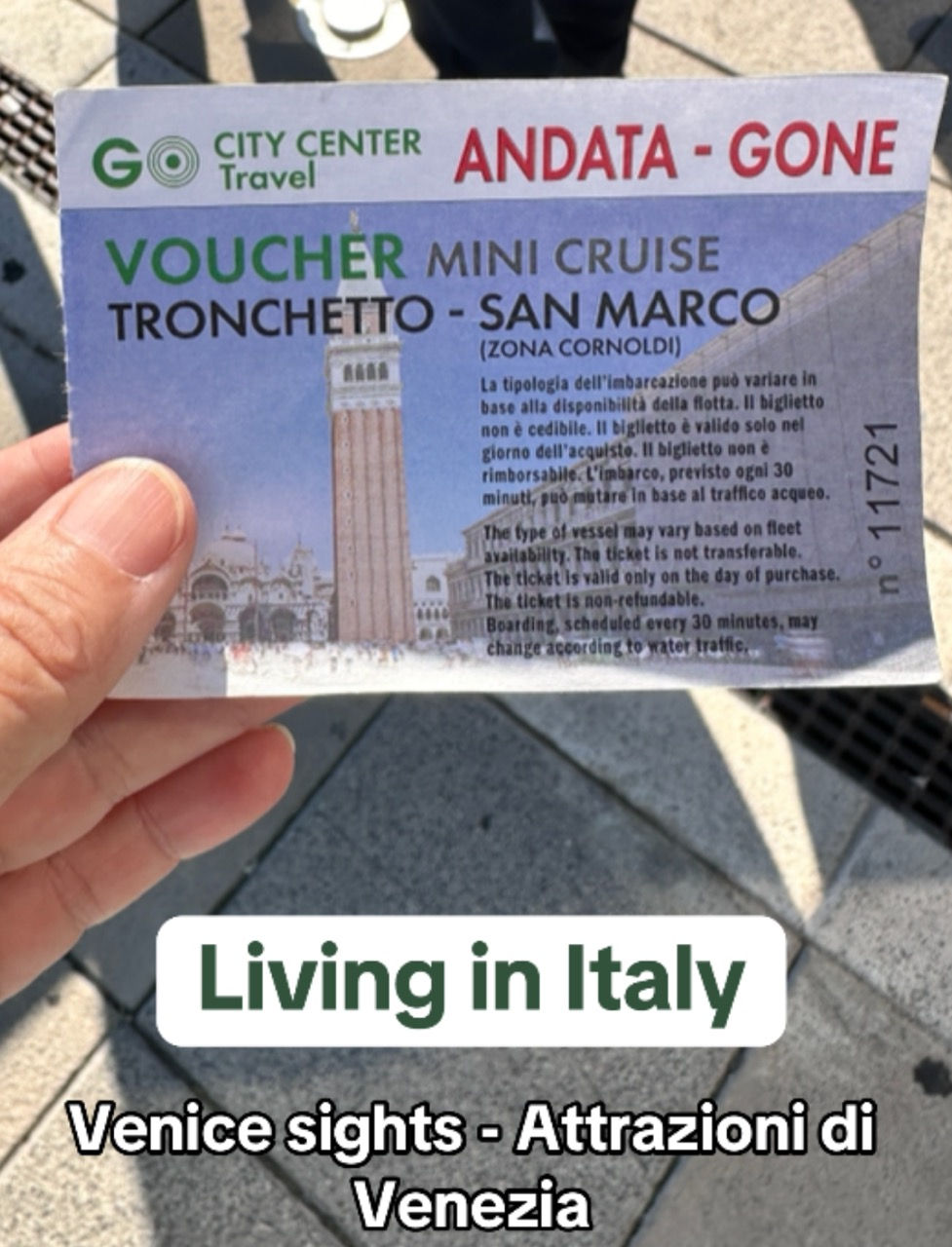Hope British Columbia
- Maria Scuor
- Jul 6, 2024
- 4 min read
Scorri a basso per l’italiano
When we drive to our cabin in Sunshine Valley, we drive by Hope British Columbia before climbing the 6 km hill on the Hope Princeton Highway. Many times, we have stopped to grocery shop before going up the mountain and love the small-town vibes.
The District of Hope is located 154 km east of Vancouver and is a member of the Fraser Valley Regional District. The District of Hope includes the towns of Hope, Kawakawa Lake, Sliver Creek, Flood, and Lake of the Woods.
About 4,000 to 10,000 years ago the area was inhibited by the Stó꞉lō First Nations people. These inhabitants were hunter-gatherers and their lives depended on their success at harvesting the resources of the land and the rivers. In 1782, a smallpox epidemic whipped out two-thirds of their population.
Some important dates in Hopes history are:
In1848, the Hudson’s Bay Company, a fur trading business, created Fort Hope Trading Post
It was 1858, when the area transformed because of the Fraser Canyon Gold Rush
Hope became part of the new British colony of British Columbia on August 2, 1858
Hope became part of Canada in 1871
April 6, 1929 saw Hope incorporate as a village
It became a town on January 1, 1965
And finally became the District of Hope on December 7, 1992
The population of Hope in the 2021 Census is 6,686. The workforce is involved in four main industries: accommodation and food services, health care and social assistance, retail trade, and transportation and warehousing. The town’s largest employer at 75 people, is Nestlé Water, the worlds biggest bottler of water which produces more than 300 million litres of water from the Hope aquifers.
Since September 2008, Hope has held chainsaw wood carving competitions and exhibitions. There are approximately 80 carvings proudly displayed around Hope, which has appropriately been tagged as the Chainsaw Carving Capital. If you have time, there is a self-guided walking tour map available at the Visitor Centre at 919 Water Street. Many of the carvings are from local wood carvers Pete Ryan and Randy Swope.
Fun fact: Hope has been a popular filming location with Sylvester Stallone’s film First Blood being the first to be filmed almost entirely around Hope in 1982. This opened the way for many others such as: Shoot to Kill, Hope Springs, Fire with Fire, White Fang II, Far from Home, The Pledge, The Stickup, Suspicious River, and Wind Chill. Reality show Highway Thru Hell is also based in Hope and surrounding areas.
If you are driving the Trans-Canada Highway (Highway 1), I suggest you make a pit stop in Hope and visit the Blue Moose Coffee House. They make the most amazing scones and I can’t ever go to our cabin in Sunshine Valley without getting an orange cranberry scone with a cappuccino that is brewed with ethically sourced beans. Of course, they have so much more to offer. Give them a try, I promise you will never go past Hope without going back.
Here are photos of Hope BC – Ecco le foto di Hope BC
Sights in Hope BC - Attrazioni nel Hope BC
Chainsaw Carvings - Intagli con Motosega
Blue Moose Coffee House
Hope British Columbia
Quando guidiamo verso la nostra baita a Sunshine Valley, passiamo da Hope British Columbia prima di salire sulla collina di 6 km sulla Hope Princeton Highway. Molte volte, ci siamo fermati a fare la spesa prima di salire in montagna e amiamo l'atmosfera della piccola città.
Il Distretto del Hope si trova a 154 km a est di Vancouver ed è membro del Distretto Regionale della Fraser Valley. Il Distretto del Hope comprende le città di Hope, Kawakawa Lake, Sliver Creek, Flood e Lake of the Woods.
Circa 4.000-10.000 anni fa l'area fu inibita dal popolo delle Prime Nazioni Stó꞉lō. Questi abitanti erano cacciatori-raccoglitori e le loro vite dipendevano dal loro successo nella raccolta delle risorse della terra e dei fiumi. Nel 1782, un'epidemia di vaiolo colpì due terzi della loro popolazione.
Alcune date importanti nella storia di Hope sono:
Nel 1848, la Compagnia Hudson’s Bay, un'azienda di commercio di pellicce, creò Fort Hope Trading Post
Era il 1858, quando l'area si trasformò a causa della corsa all'oro del Fraser Canyon
Hope entrò a far parte della nuova colonia britannica della Columbia Britannica il 2 agosto 1858
Hope divenne parte del Canada nel 1871
Il 6 aprile 1929 Hope fu incorporata come villaggio
Divenne una città il 1º gennaio 1965
E infine divenne il Distretto del Hope il 7 dicembre 1992
La popolazione di Hope nel censimento del 2021 è di 6.686 abitanti. La forza lavoro è coinvolta in quattro settori principali: servizi di alloggio e ristorazione, assistenza sanitaria e sociale, commercio al dettaglio, trasporti e magazzinaggio. Il più grande datore di lavoro della città, con 75 persone, è Nestlé Water, il più grande imbottigliatore di acqua al mondo che produce più di 300 milioni di litri d'acqua dalle falde acquifere di Hope.
Dal settembre 2008, Hope ha organizzato concorsi e mostre di intaglio del legno con motosega. Ci sono circa 80 sculture esposte con orgoglio intorno a Hope, che è stata opportunamente etichettata come la capitale dell'intaglio della motosega. Se hai tempo, c'è una mappa del tour a piedi autoguidato disponibile presso il Centro visitatori al 919 di Water Street. Molte delle sculture sono degli intagliatori locali Pete Ryan e Randy Swope.
Curiosità: Hope è stata una popolare location per le riprese con il film First Blood di Sylvester Stallone che è stato il primo ad essere girato quasi interamente intorno a Hope nel 1982. Questo ha aperto la strada a molti altri come: Shoot to Kill, Hope Springs, Fire with Fire, White Fang II, Far from Home, The Pledge, The Stickup, Suspicious River e Wind Chill. Anche il reality show Highway Thru Hell ha sede a Hope e nelle aree circostanti.
Se stai guidando sulla Trans-Canada Highway (Highway 1), ti suggerisco di fare un pit stop a Hope e visitare la Blue Moose Coffee House. Fanno le focaccine più incredibili e non posso mai andare nella nostra baita a Sunshine Valley senza prendere una focaccina all'arancia e mirtilli rossi con un cappuccino preparato con chicchi di provenienza etica. Naturalmente, hanno molto di più da offrire. Provali, ti prometto che non passerai mai oltre Hope senza tornare indietro.




















































































Comments